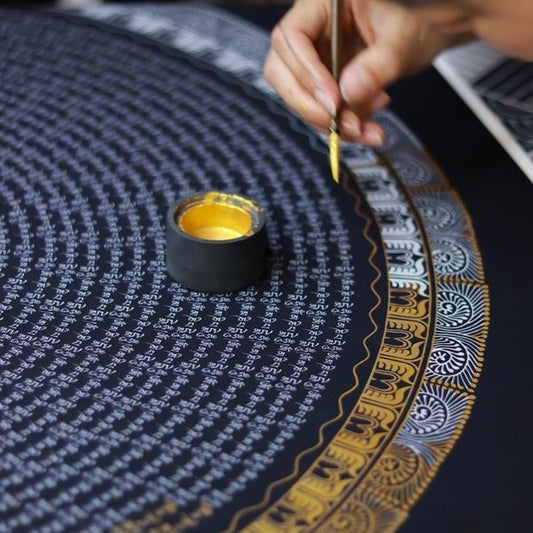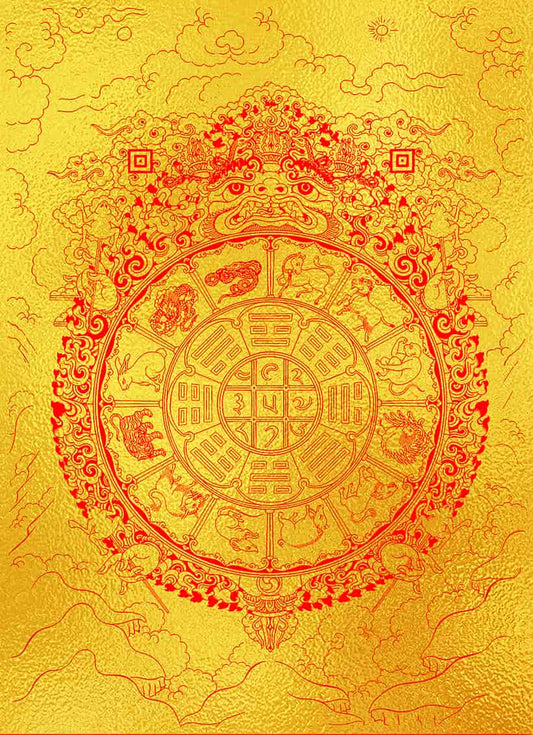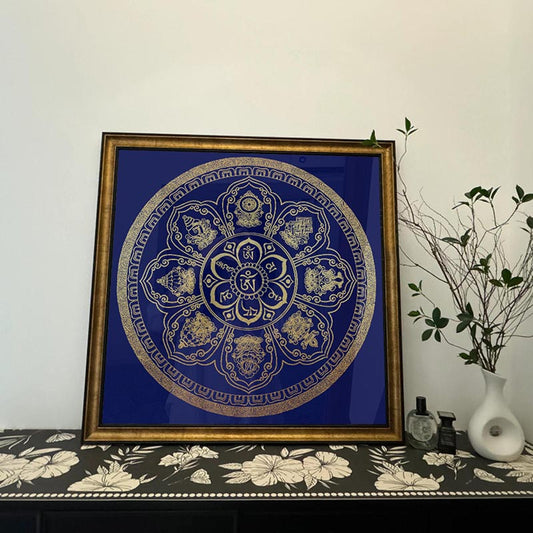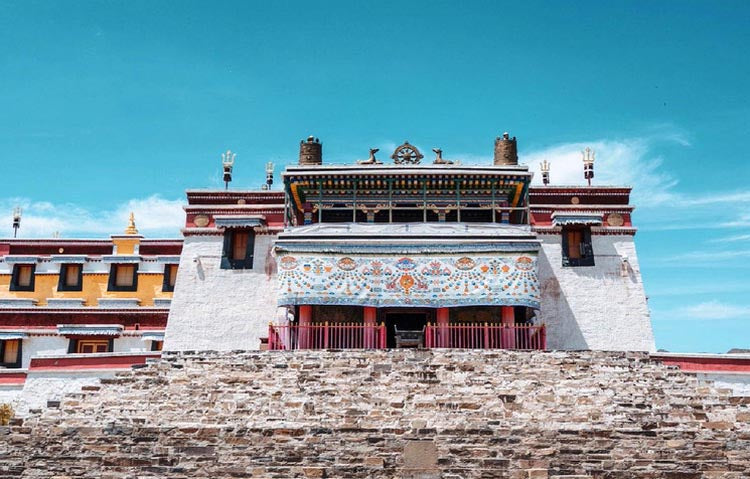Tibetan Buddhist Bracelets Threads of Tradition and Spirituality
Tibetan Buddhist Bracelets Threads of Tradition and Spirituality
The simple moment of sliding a Tibetan Buddhist bracelet onto one's wrist can unfold an entire tapestry of history, spirituality, and artistic nuance. Unlike a mere accessory, these bracelets are entwined with layers of meaning and craftsmanship, echoing the rich cultural essence of Tibetan Buddhism.
At first glance, you might notice the colorful threads or intricately carved beads, often made from materials like sandalwood, bone, or semi-precious stones. Each material carries its own significance—sandalwood is valued for its calming properties, while bone can symbolize impermanence and the cycle of life and death. On a deeper level, these materials are selected with intention, to resonate spiritually with the wearer and the environment.
What truly captivates me about these bracelets is their role as instruments of prayer and meditation. Like a well-loved thangka painting, a mala bracelet (typically composed of 108 beads) serves as a tactile aid, helping one keep count during mantras. As hands move bead by bead, the mind finds rhythm and focus, making the practice feel as tactile and grounded as the pigments of a thangka painting being meticulously applied by an artist's brush.
The craftsmanship of these bracelets is steeped in tradition, much like the painting of a thangka. The making of these spiritual objects often involves dedicated artisans who have inherited their skills through generations. Their hands, trained by years of practice, infuse each piece with devotion and intention, just as a thangka artist breathes life into divine images through natural pigments and exacting lines.
Yet, it's in the wearer's personal journey that the bracelet truly comes alive. Just as thangkas are often commissioned to commemorate specific events or spiritual insights, a bracelet can become a companion on one's spiritual path. Each bead touched and each knot tied might be imbued with personal significance—perhaps a reminder of a lesson learned or a vow taken.
Wearing a Tibetan Buddhist bracelet, then, is like wearing a personal story intertwined with cultural heritage. It's a piece of art that resonates not because it is loud or garish, but because it whispers to the soul, reminding us of our connection to the ancient and the sacred. For those of us who may live far from the high Himalayan plateaus, it is a tangible reminder of the interconnectedness of all beings, an anchor to a tradition that values simplicity, mindfulness, and compassion.
So, next time you glance at a Tibetan bracelet, consider the countless threads of tradition and spirituality woven into its essence. It’s more than just an accessory; it’s a reflection of a profound legacy. And perhaps, in wearing such an artifact, we too are adopting a piece of its story and its spirit.





